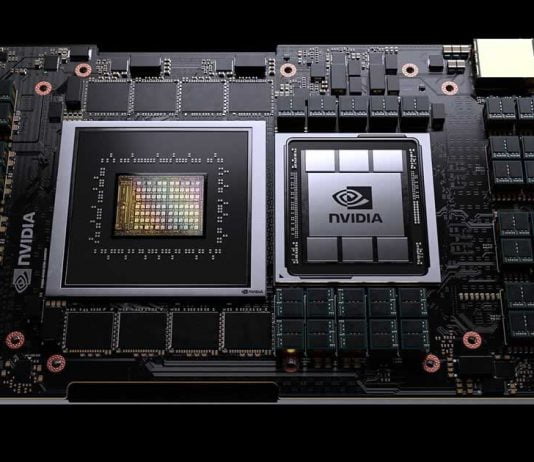Nvidia is now also developing CPUs. With “Grace” based on ARM, the manufacturer wants to take on the competition from 2023 in the HPC segment.
Nvidia’s purchase of ARM shows, in fact, how the professional and server sector is increasingly important to Nvidia. Also, with the takeover, Nvidia wanted to expand into the Artificial Intelligence sector, and the announcement of Nvidia’s first processor, Grace, is the first step.
As we already mentioned, Grace is based on ARM architecture like that of mobiles but specifically for the use of many servers around the world. But this model will not compete against the Intel Xeon or the AMD Epyc, designed for data centers and large servers — instead, Grace will focus specifically on large neural networks.
Grace is not a standalone product; it will rely on next-gen ARM cores and, above all, should solve bottlenecks in the connection to the GPU and memory. That should make Nvidia even stronger in high-performance computing — helping to perform trillions of calculations in machine learning.
“Grace” comes from Grace Hopper, an American computer scientist, and computer pioneer. Grace is primarily the code name for the entire new ARM architecture from Nvidia, which is also launched as an independent CPU.
Nvidia also announced that, in the Swiss National Supercomputing Center (CSCS), they will make a new supercomputer dubbed “Alps” using the new Grace processors and built by Hewlett Packard Enterprise in 2023. Nvidia claims the computing system will be 10 times faster than the world’s current best supercomputer providing up to 20 exaflops of AI performance. Nvidia has not yet revealed to what extent AI functionalities apart from the GPUs are also provided by Grace.


